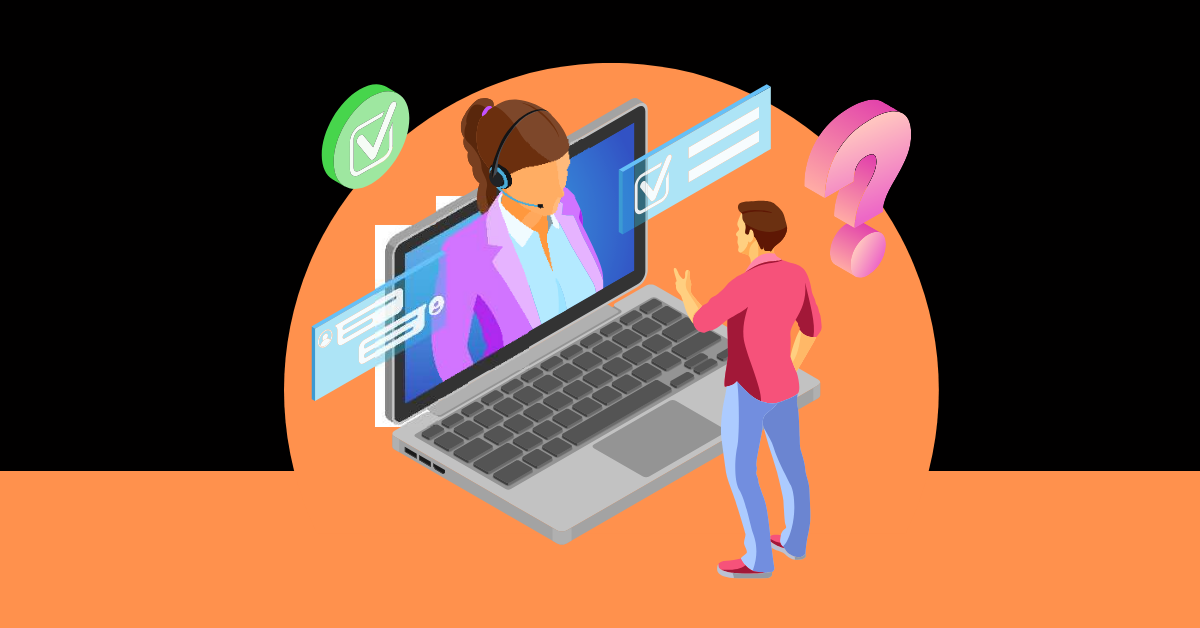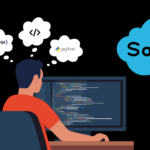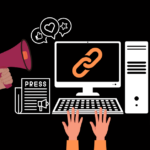This article contains affiliate links – but that doesn’t mean this piece is an ad.
All content is our honest take on the service/product and incorporates our
real thoughts and experience using it.
Every company in the world has a customer support team. As a consumer, you know that some businesses handle this better than others. And you also know that the ones who offer the best support are the brands that hold your loyalty.
As a SaaS company, you don’t have the luxury of having a physical store where you can personally manage your team. Negative reviews can circulate around social media like wildfire. You need to handle concerns immediately.
If you do, you’ll likely be rewarded. Quality SaaS customer support best practices are enough to make more than 80% of people stay with your company or make another purchase. How’s that for customer retention?
But just as SaaS has changed over the years, so has customer service.
It’s no longer merely about resolving issues. It’s about delivering a seamless, frictionless, and superior experience. It’s about that wow factor. Let’s get into some practical tips to help you lead your team to the victory it deserves.
Table of Contents
Customer Support for SaaS – Vital for Success
Before diving into the best practices, let’s first understand why customer support for SaaS businesses matters.
The SaaS market has no shortage of mediocre and decent companies. Some of them are doing well. Delivering outstanding customer support has the capability of placing you ahead of established competition.
Here are some compelling reasons why it’s necessary:
- Retain Customers: Poor customer service can lead to customer churn and loss of revenue. According to Forbes, 60% of customers will never use a company again after a negative experience.
- Increase Revenue: Effective customer support can drive positive word-of-mouth marketing and referrals. Social proof leads to new sales opportunities and higher revenue.
- Enhance Brand Reputation: Businesses with excellent customer service earn a reputation for being reliable, trustworthy, and user-friendly. These are the building blocks for any successful brand.
- Gain Competitive Advantage: Superior customer support can set your business apart from the competition.
Top 11 SaaS Customer Support Best Practices
*Looks around The Coliseum…*
“Are you not entertained?”
Meh. It’s ok if you aren’t. Here’s the SaaS customer support best practices list you came here to see. If these don’t hammer the point home, nothing will.
1. Embrace Proactive Support
Customers demand quick and efficient support. Rather than wait for them to reach out with issues, actively monitor customer experience and track potential issues.
Use tools like real-time analytics to identify patterns in user behavior. You’ll be able to anticipate potential problems.
By taking a proactive approach, you can fix issues before they escalate into major problems. This technique improves the customer experience and reduces the costs associated with reactive support.
2. Prioritize Personalized Interactions
The SaaS world is saturated with automated responses. Go the extra mile with personalized interactions. They can go a long way in building customer loyalty.
Train your support team to address each customer by their name. Use personalization tokens in emails to humanize communications.
Empathize with the customer’s issue and show genuine concern for their satisfaction.
Connecting with customers on a personal level creates a positive emotional bond that leads to higher retention rates.
3. Offer Self-Service Options
Give customers the ability to solve their own problems. Exploring self-service options can be a game-changer for SaaS companies.
Provide comprehensive FAQs, tutorial videos, and knowledge bases. You’re now empowering customers to find solutions on their own time.
It reduces support ticket volume and improves customer satisfaction. Customers are put into the driver’s seat of the resolution process. This method is cost-effective and scalable as it requires minimal resources to maintain.
4. Leverage Multichannel Support
Today’s customers have diverse preferences when it comes to communication channels. Some may prefer email, while others may opt for live chat or social media.
To cater to a wide range of customer needs, SaaS companies must leverage multichannel support options.
Multichannel options allow customers to reach out through their preferred channel and receive prompt responses. It all comes back to giving the people what they want. It can also help identify patterns in customer issues and improve support processes.
The downside? It’s not going to be cheap. The biggest upside? Once you find the sweet spot for what kind of support your customers want, you can slowly phase out what isn’t being used.
This is yet another example of how A/B testing can streamline your processes.
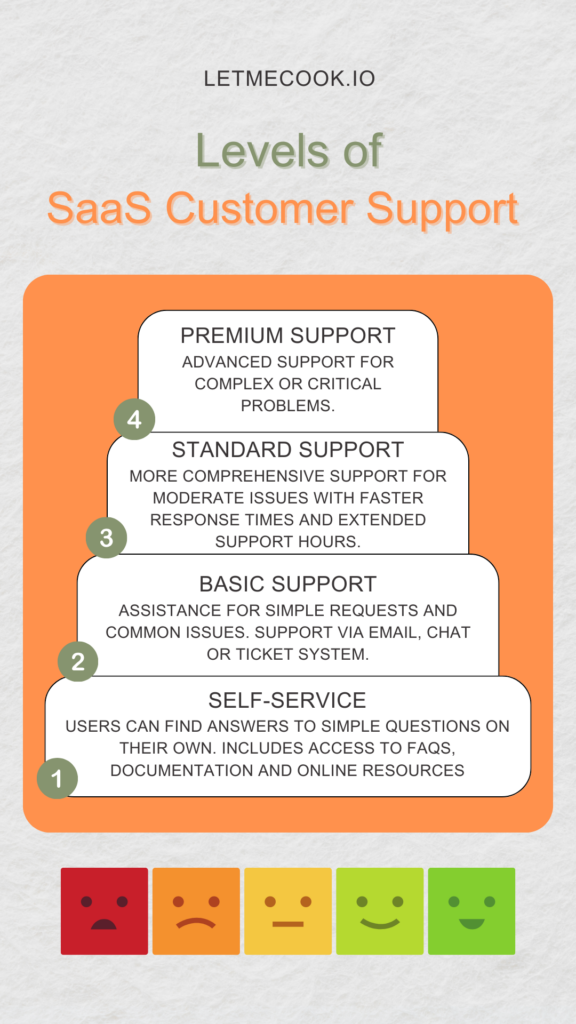
5. Invest in Efficient Knowledge Management
Effective knowledge management involves creating a central repository of articles and FAQs. You want them to be accessible to customers as well as support staff.
It helps keep everyone on the same page. If your staff can use this resource, they can get the customer to follow along and guide them through a problem. The next time they have an issue, they know where to go and how to go about it.
6. SaaS Customer Support Metrics – Continuously Gather Customer Feedback
The best way to improve SaaS customer support is by listening to the customers. Collect feedback through surveys, reviews, and social media. You’ll receive insights into areas that need improvement.
Study the SaaS customer support metrics that you see. Review the feedback from customers. Put it all together and take action by making necessary changes and communicating them to customers.
Customers will be happy that you listened and it shows them the company values their opinion. It’s a win-win.
7. Foster a Culture of Continuous Learning
Encourage continuous learning by providing training opportunities for your support staff. Training can come in many forms, such as workshops, webinars, and certifications.
Learning helps them improve their skills but also enhances overall customer support capabilities. Promote a culture of knowledge sharing within the team to ensure everyone is up-to-date on best practices and solutions.
8. Use Automation and AI to Enhance Efficiency
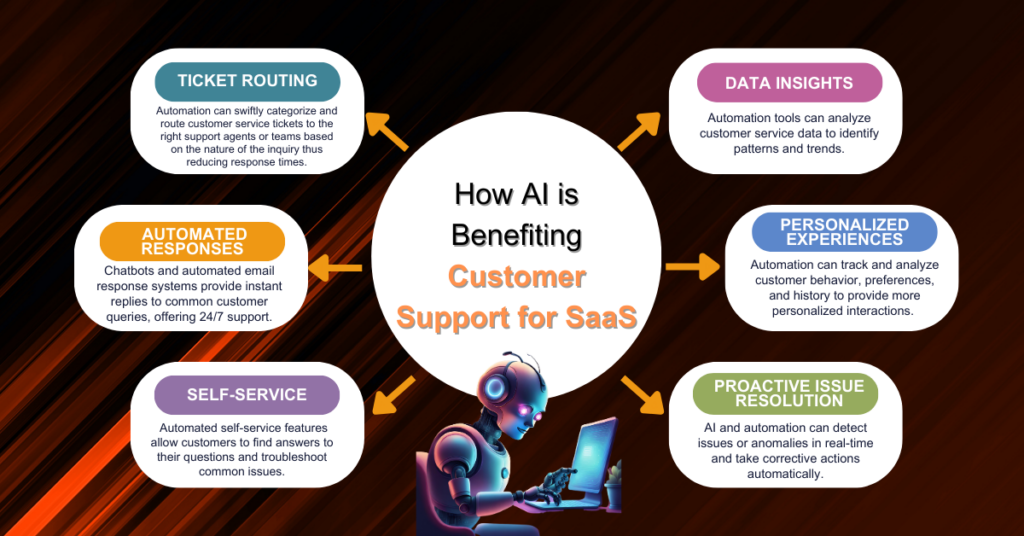
Automation tools and AI technologies are transforming the customer support landscape. They’re making processes faster, more efficient, and cost-effective.
Leverage chatbots for routine inquiries and use AI-powered tools to analyze vast amounts of data. You’ll have the ability to improve response times and accuracy.
Customer experience will improve. Your staff will have more time. Time that they can use to focus on complex problems that can only be solved with human intervention.
9. Monitor and Track Key Metrics
Monitor and track key metrics such as response time, resolution time, first contact resolution rate, and customer satisfaction score.
The data provides a guide to how well your support team is performing. It can also identify areas that need improvement.
Use this information to refine and improve your support processes continuously. It will help you seamlessly keep up with changing customer needs.
10. Foster a Customer-Centric Culture
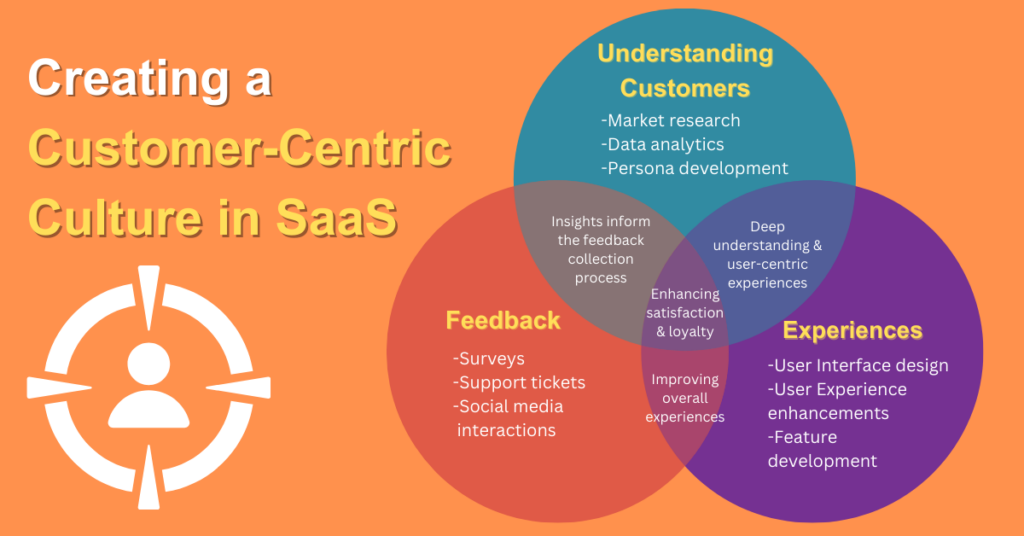
Above all, delivering exceptional SaaS customer support requires a customer-centric culture. Every member of the organization should value great customer service.
From top-level executives to frontline support staff, they should understand that happy customers are key to success.
Foster this culture. Create an environment where every decision comes from a desire to provide excellent customer support.
With this mindset in place, SaaS companies can truly excel with their bottom line and drive business growth.
11. Set Clear Expectations and Deliver Consistently
Set realistic timelines for issue resolution and communicate them clearly with the customer. This helps manage their expectations and builds trust in your company’s ability to deliver quality support.
Prioritize consistent support throughout the customer journey, from onboarding to post-purchase assistance. It creates a level of reliability and consistency. Achieving consistency will impact on customer satisfaction and retention rates.
SaaS Customer Support Best Practices – Tools and Software
Follow our list of SaaS customer support best practices. You should also consider investing in the right customer support tools and software. They can greatly enhance your SaaS customer support efforts.
These include help desk software, live chat solutions, and knowledge management platforms.
Evaluate your company’s needs and choose tools that align with your goals and budget. The right package will maximize its impact on your strategies. The descriptions below will give you an idea of what you’ll get and if it can benefit you.
Help Desk Software
Help desk software streamlines customer support processes by centralizing communication, automating ticket management, and providing self-service options for customers.
It enhances efficiency and makes it easier for support staff to track and resolve issues.
Most help desk software also comes with features such as reporting and analytics. Features like these give you a closer look into customer support performance.
Popular examples of help desk software include Zendesk, Freshdesk, and Help Scout.
Live Chat Solutions
Live chat solutions enable real-time communication between customers and support staff. They use a chat interface on the company’s website or application.
These tools are perfect for quick and convenient assistance to customers without having to pick up the phone or send an email.
Standard features include canned responses, chat routing, and integrations with other tools.
Some popular live chat solutions include Intercom, LiveChat, and Drift.
Knowledge Management Platforms
Knowledge management platforms provide self-service options for customers. These platforms help create a centralized knowledge base of articles, FAQs, and tutorials. Customers can access them to find answers to their questions.
You’ll improve customer experience and reduce the workload on support staff by lowering repetitive inquiries.
Popular examples of knowledge management platforms include Confluence and Guru.
AI-Powered Tools – The Future of B2B SaaS Customer Support
Automation makes all our lives easier. Each of the tools mentioned above helps you automate something. But they aren’t the end all, be all. And they definitely aren’t a replacement for human beings.
Use them to help support staff anticipate customer needs and proactively address issues before they arise.
The future of B2B SaaS customer support lies in training real people to use these tools efficiently. They’ll be better at their jobs and be more efficient in solving customer issues.
SaaS Customer Support Best Practices – Adapt and Evolve With Customer Needs
SaaS customer support best practices are all about providing top-notch service. They bridge the gap between understanding customer needs and implementing effective support practices.
Adopt a customer-centric culture. Personalize interactions. Leverage AI and SaaS customer support metrics. And maintain a culture of continuous learning. These strategies combine to enhance customer support for SaaS businesses.
Customer needs are continually evolving. Your B2B SaaS customer support strategies should, too.
By constantly learning and adapting, your SaaS customer support is always at the forefront. You’ll be a pioneer in the industry – leading to higher customer satisfaction, improved retention rates, and business success.
